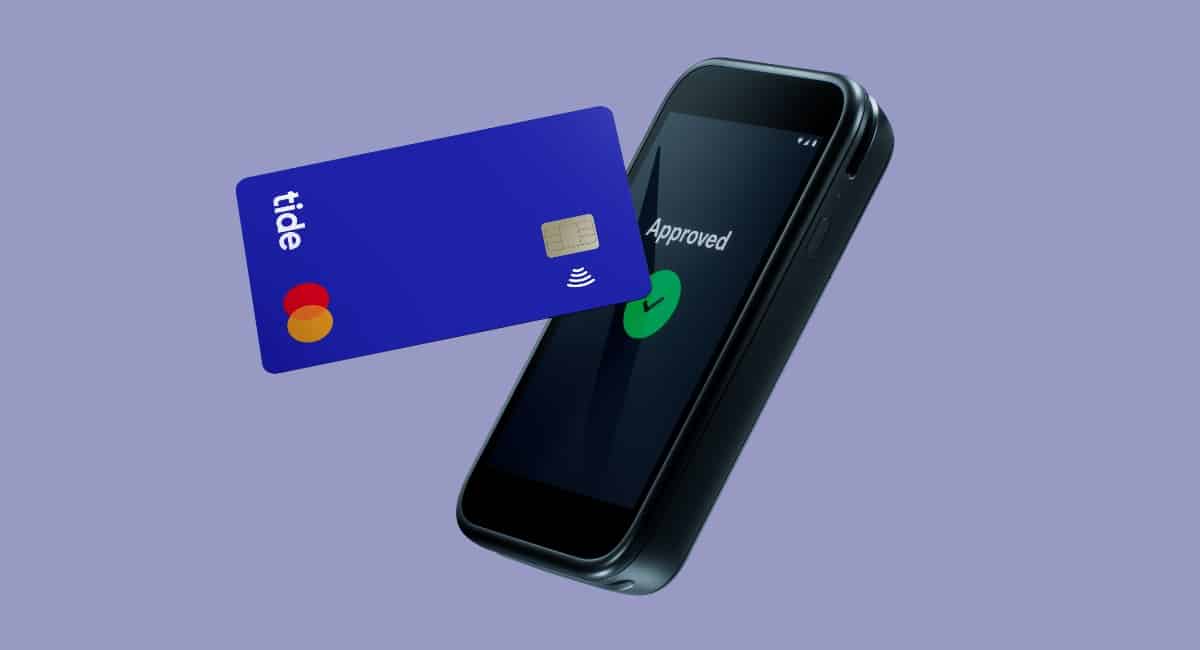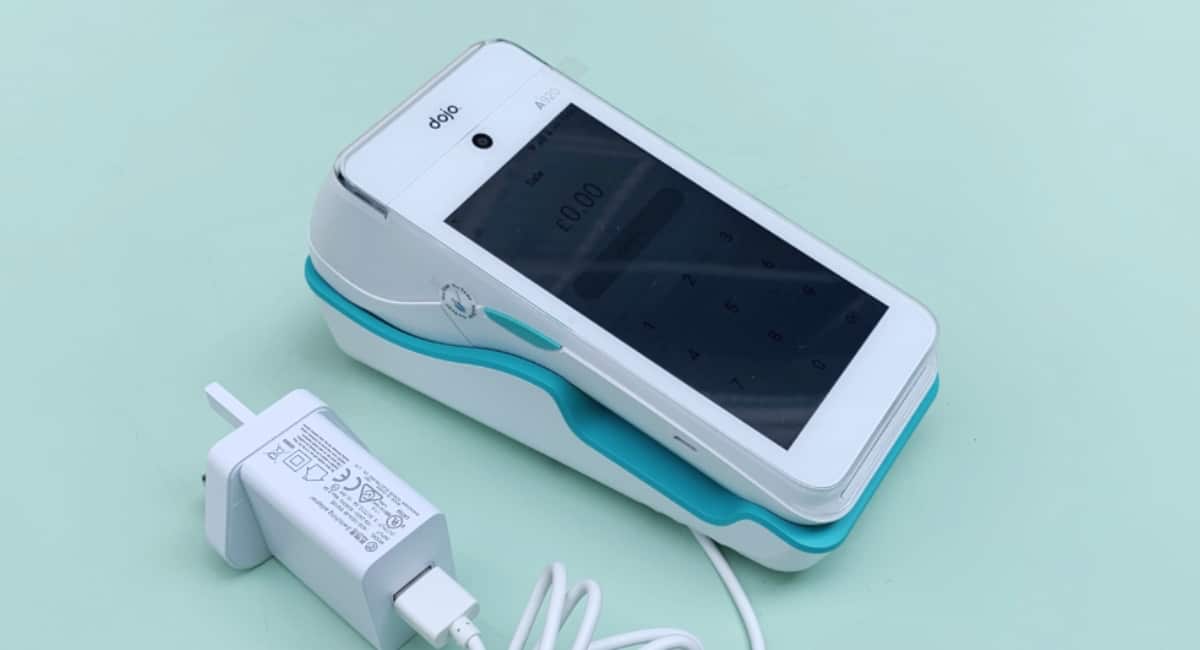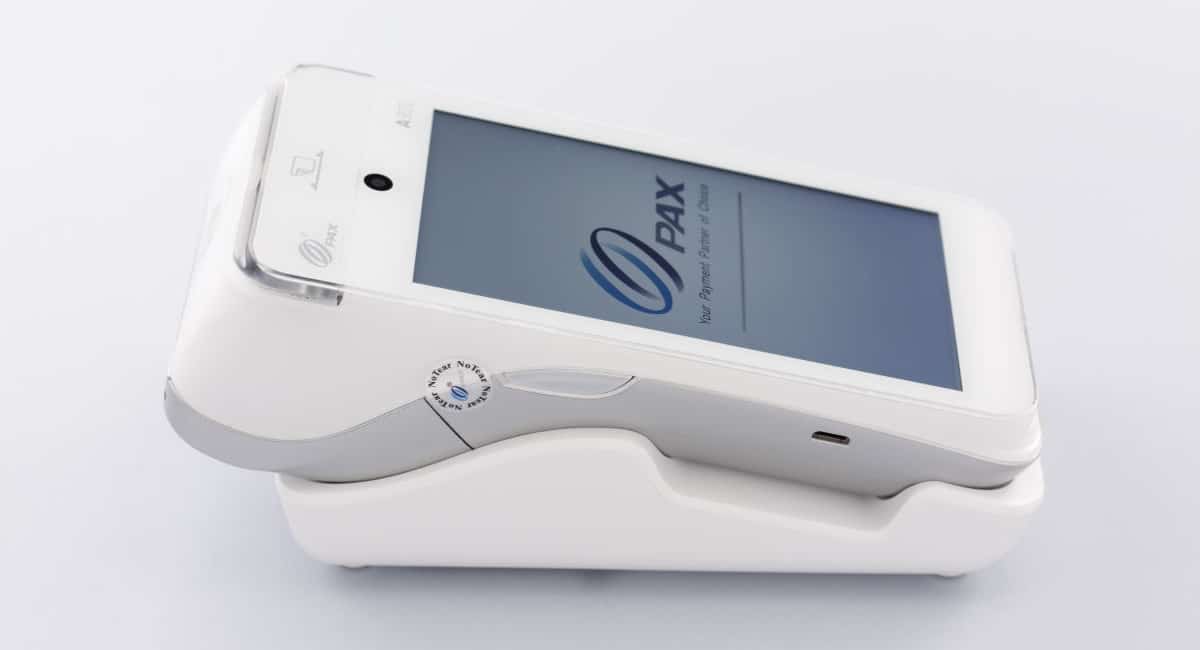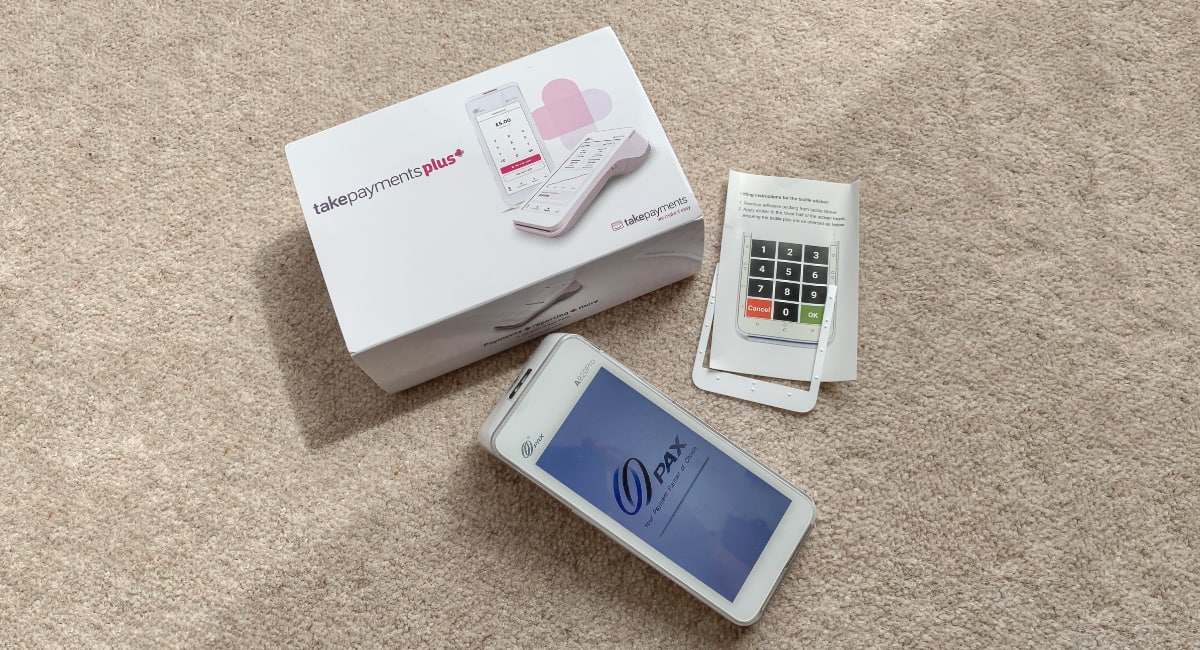What is it?
Tide Card Reader is a new offering from Tide, a popular business account provider in the UK. It enables users to accept contactless and chip and PIN card payments on a standalone, touchscreen card terminal purchased upfront.
To buy one of the card machines, you need to sign up for a Tide Business Account and wait 90 days before you can order one through the Tide Business Banking App. Consequently, this is not a solution for non-Tide users who want to accept in-person payments straight away.
Accepted cards
There’s a choice between two card machines, the Card Reader and Card Reader Plus terminals. Both work independently without having to connect with an app, and they have no contract or monthly fee.
The terminals accept Visa, Mastercard, Apple Pay and Google Pay. Transactions automatically settle in your Tide Business Account within 3 working days on average, or possibly longer for specific cards.
Pricing
Tide’s costs are fairly simple: just purchase your chosen card reader, then pay the 1.5% transaction fee for all card payments accepted.
There’s no contractual lock-in or monthly fee for the card reader, but you do need to have a Tide account, which can be free or cost between £9.99-£49.99 + VAT monthly depending on the amount of banking features needed.
In contrast with other card readers on the market, Tide only offers a 4-month warranty for manufacturing defects, which is less than the standard of 1-2 years and less than the 6 months’ minimum required by the Consumer Rights Act 2015.
There is also a limit on how many card readers can be purchased: a maximum of one per company registered with Tide.
If a customer requires a refund, the merchant has to contact Tide’s customer support chat to arrange that. It’s unclear whether there’s a charge for refunding transactions. There is no transparent information about chargeback fees either (whether a cardholder disputes a transaction), but you can assume there’s a fee for that.
Card readers
Tide sells the following card machine models that work independently via WiFi or 4G.
Tide Card Reader (£89 + VAT):
- AMS1 terminal model by Adyen
- Size: 122 mm x 67 mm x 18 mm
- Weight: 170 g
- 4″ touchscreen display
- Email receipts only
Tide Card Reader Plus (£99 + VAT):
- S1F2 terminal model by Adyen
- Size: 200 mm x 78 mm × 56 mm
- Weight: 495 g
- 5.5″ touchscreen display
- With built-in receipt printer, and can send email receipts too
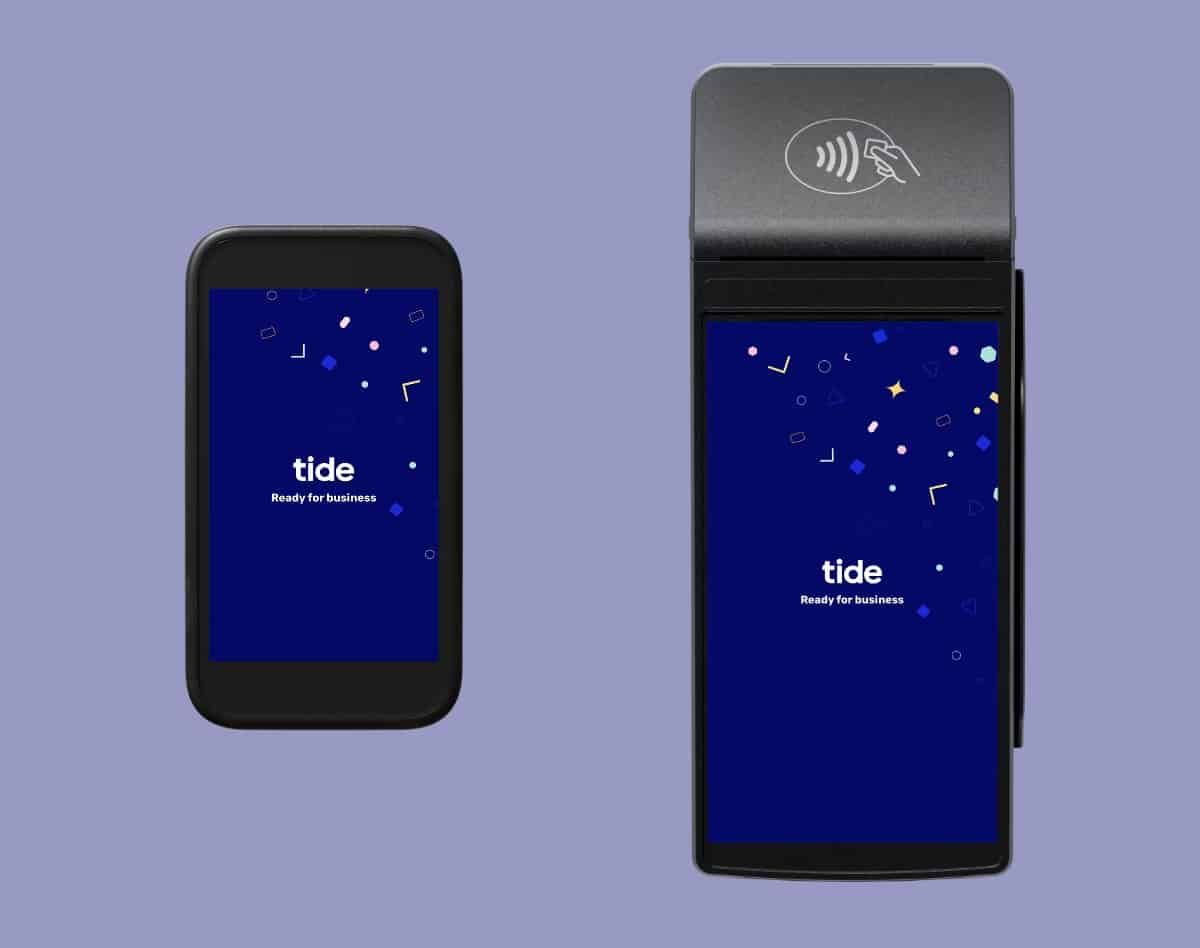
Tide Card Reader next to Tide Card Reader Plus.
Both of these Android-based payment terminals have a 1-day battery life and accept chip and PIN and contactless payments. The cheaper model, Tide Card Reader, does not print receipts – only the pricier Plus model does.
The terminals include a free SIM card with “lifetime data”, so you never have to worry about relying on just WiFi.
Support and reviews
The amount of customer support available depends on your chosen business account plan, so users don’t get an equal amount of help.
On the Free plan, you get basic in-app messaging support, which users have said takes 20-30 minutes to get any human response. There is also an email address for general queries with even slower response times, and no phone line for the Free plan. On the Plus subscription (£9.99 + VAT monthly), you can access a telephone helpline, priority in-app support and a 24/7 legal helpline.
Tide reviews from real users are a mixed bag. Generally, Tide gets high Trustpilot ratings for its business account, but most of the 5-star reviews look very similar and generic so may not be genuine. On most days, Tide receives 1-star reviews from users that look genuine. These are usually about a bad experience of customer support, inaccessible accounts and withheld funds.
Is Tide Card Reader better than alternatives?
The closest competitors to Tide Card Reader are currently Revolut Reader and SumUp’s card terminals. Like Tide, they come with a business current account and a range of features for payment acceptance and business banking.
Which is then best? Both Revolut and SumUp offer payment links, QR codes and ecommerce integrations, as well as invoicing. Tide only offers basic email invoices, so if online payments are necessary, you would go for SumUp or Revolut.
Revolut’s banking features are considerably more extensive than SumUp’s. Particularly if cross-border payments are important, Revolut leads with its multi-currency features even on its free plan. Tide is somewhere in between the two with its business account features.
Revolut, on the other hand, does not offer a standalone card machine, only a card reader that has to connect with a phone app. SumUp has an app-based reader, but also a freestanding Solo card terminal that can be purchased with a receipt printer.
What about fees? Revolut offers a low rate and fixed fee for domestic cards (0.8% + 2p) accepted through the card reader and a high fee for other cards (2.6% + 2p). Tide’s fixed fee (1.5%) is lower than SumUp’s (1.69%). So if you process a mix of UK- and foreign-issued cards, Tide is probably cheapest, whereas Revolut could save you money if most of your transactions are with a domestic card.
Our verdict: good only for certain merchants
The idea of Tide offering a card reader looks promising on the surface, but it’s clear this is a still limited solution for many. As I write this, the product is still being developed and improved, so our ratings below will hopefully change as the solution matures.
| Tide Card Reader criteria | Rating | Conclusion |
|---|---|---|
| Product | 3.2 | Passable |
| Costs and fees | 3.8 | Good |
| Transparency and sign-up | 3.5 | Passable/Good |
| Value-added services | 3.7 | Passable/Good |
| Service and reviews | 2.8 | Passable |
| Contract | 4 | Good |
| OVERALL SCORE | 3.5 | Passable/Good |
| Tide Card Reader criteria |
Rating | Conclusion |
|---|---|---|
| Product | 3.2 | Passable |
| Costs and fees | 3.8 | Good |
| Transparency and sign-up | 3.5 | Passable/Good |
| Value-added services | 3.7 | Passable/Good |
| Service and reviews | 2.8 | Passable |
| Contract | 4 | Good |
| OVERALL SCORE | 3.5 | Passable/Good |
So who would currently benefit from Tide Reader? Only merchants who:
- Have been with Tide for 3 months as a minimum (qualifying period)
- Don’t need more than 1 terminal (maximum limit per account)
- Don’t expect to issue refunds too frequently (requires dealing with Tide support)
The transaction minimum used to be £5, but thankfully this has reduced to £1 on par with most other card readers on the market.
If you can live with Tide’s limitations, this could be a really good deal. The price of the standalone terminals are lower than what you typically get on the market, and the fixed transaction rate is also lower than those of big competitors like SumUp and Square.
We were slightly concerned about the 4-month warranty, though, which is far less than the 1 or 2 years’ standard offered by most other card reader companies.
Our experience of communications with Tide has also been less than ideal, as we got quite slow responses to queries. But if you’re on one of the paid Tide Business Account subscriptions, the support should be a lot more responsive.

